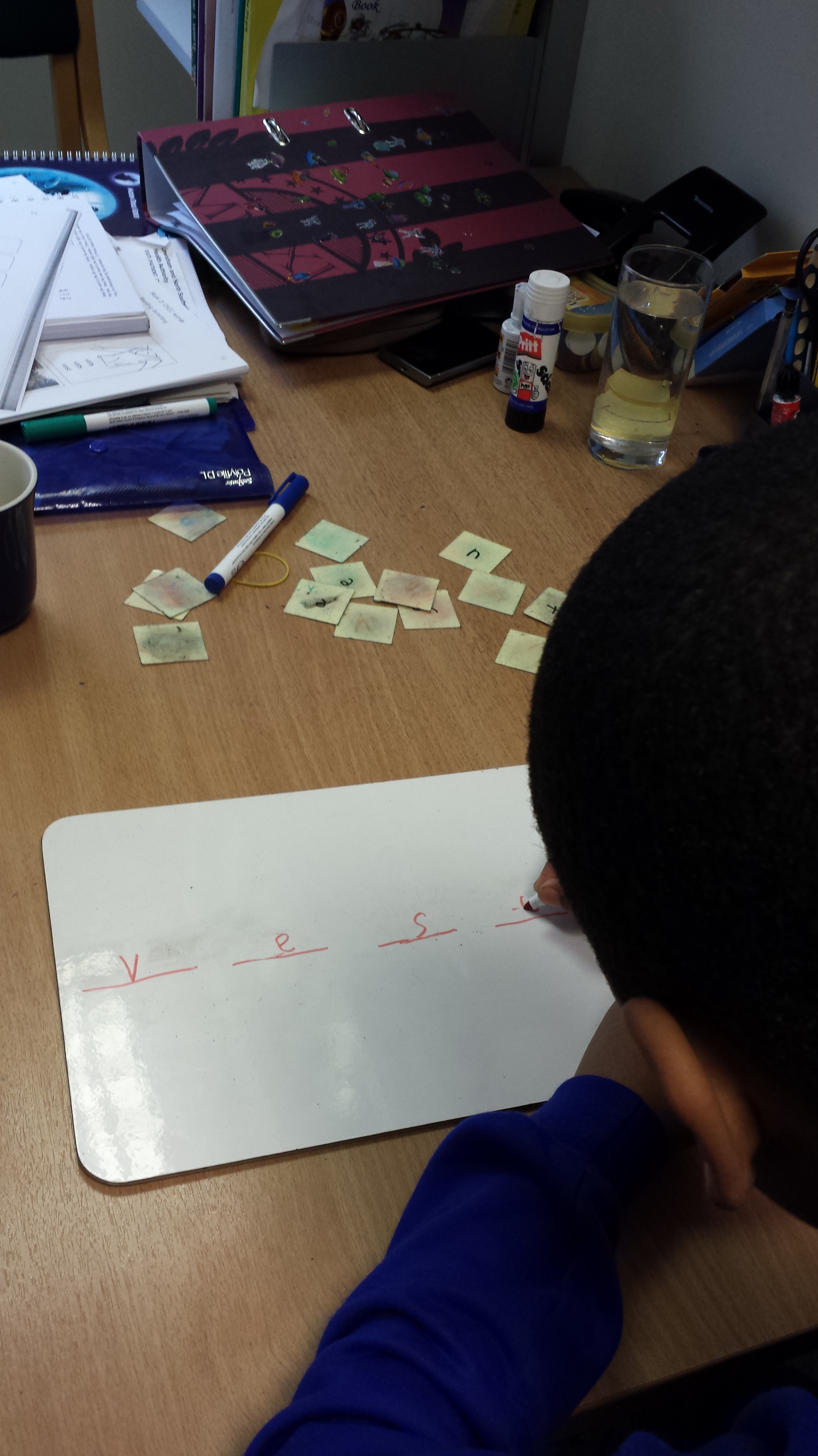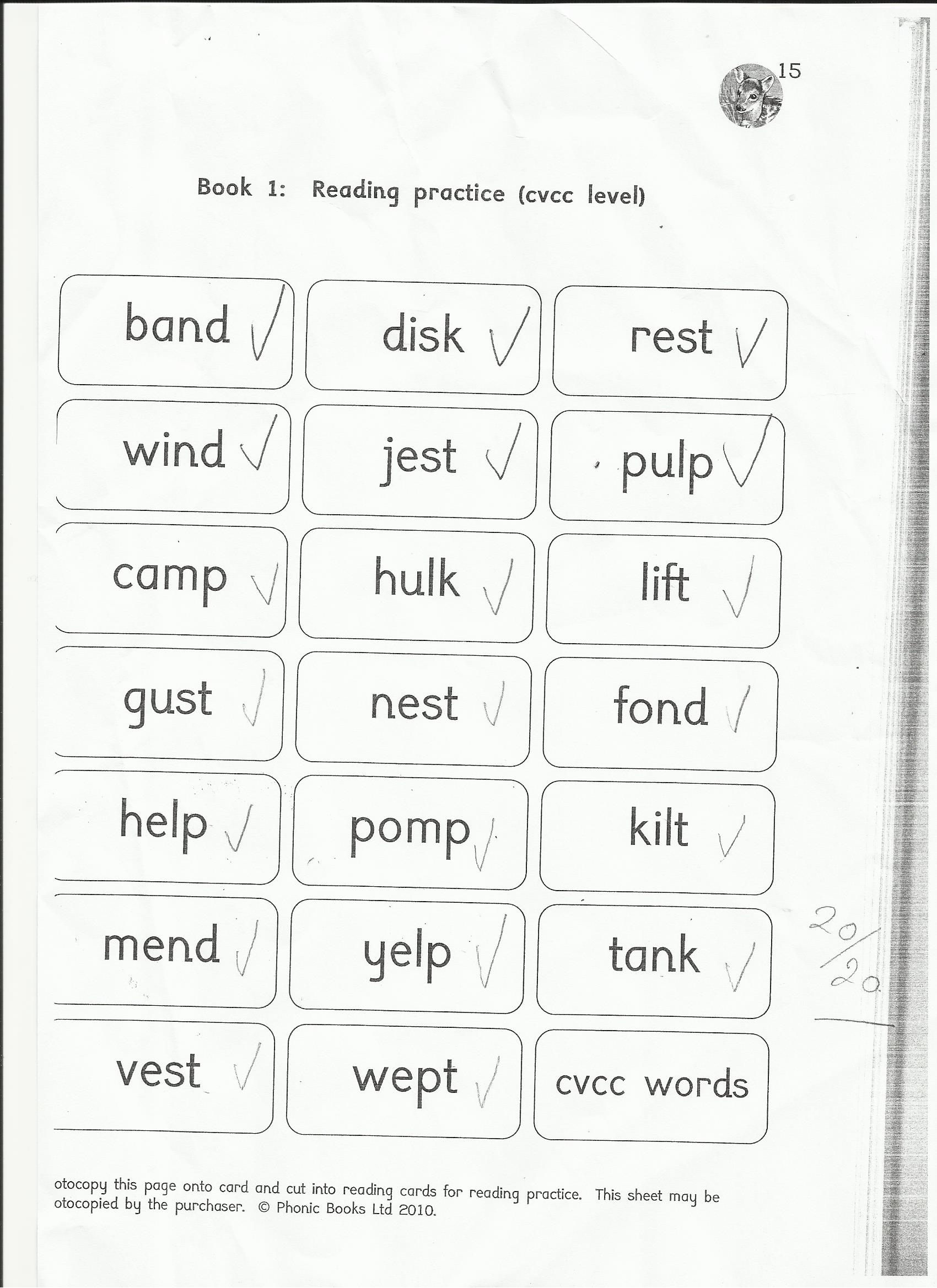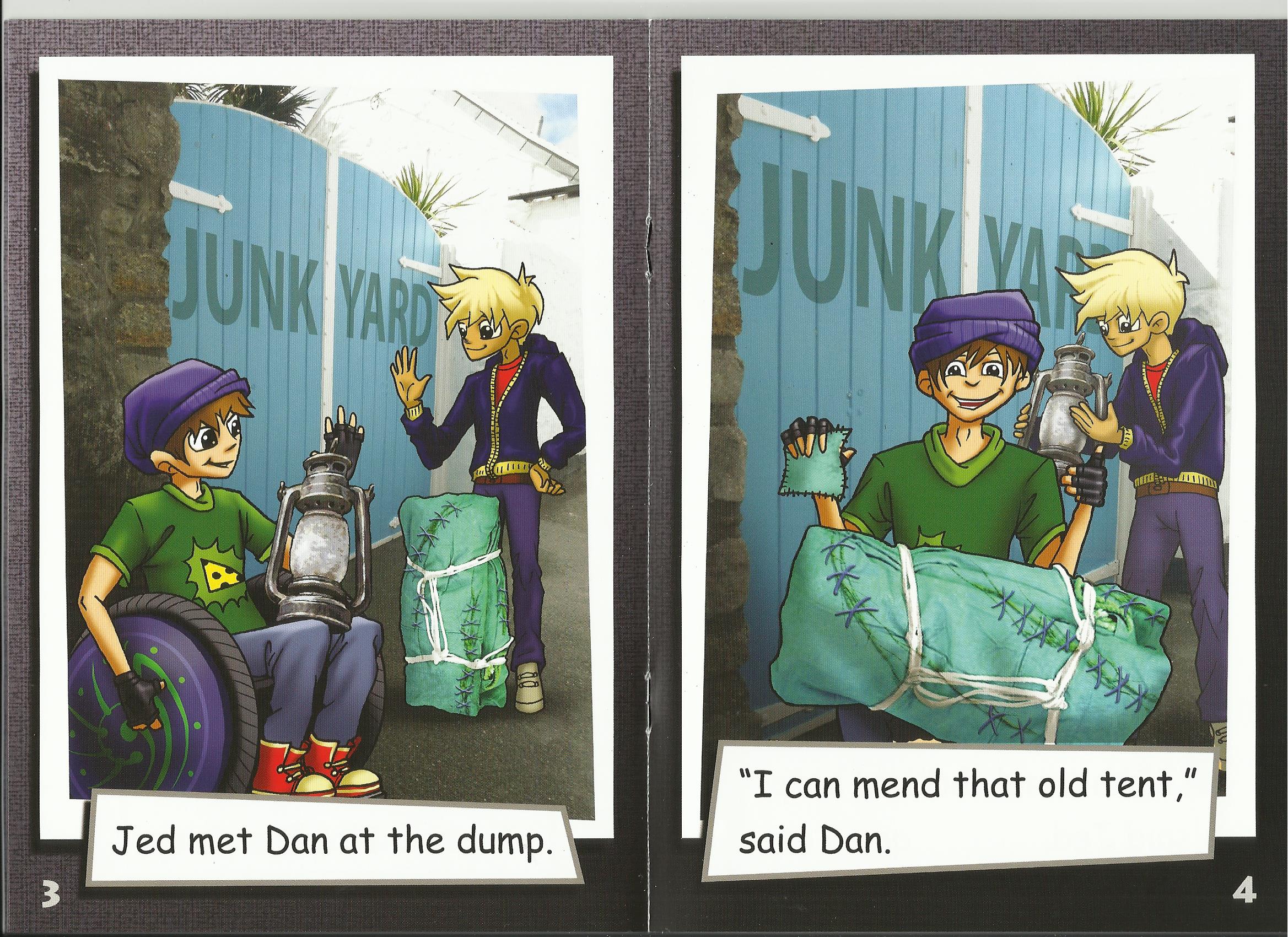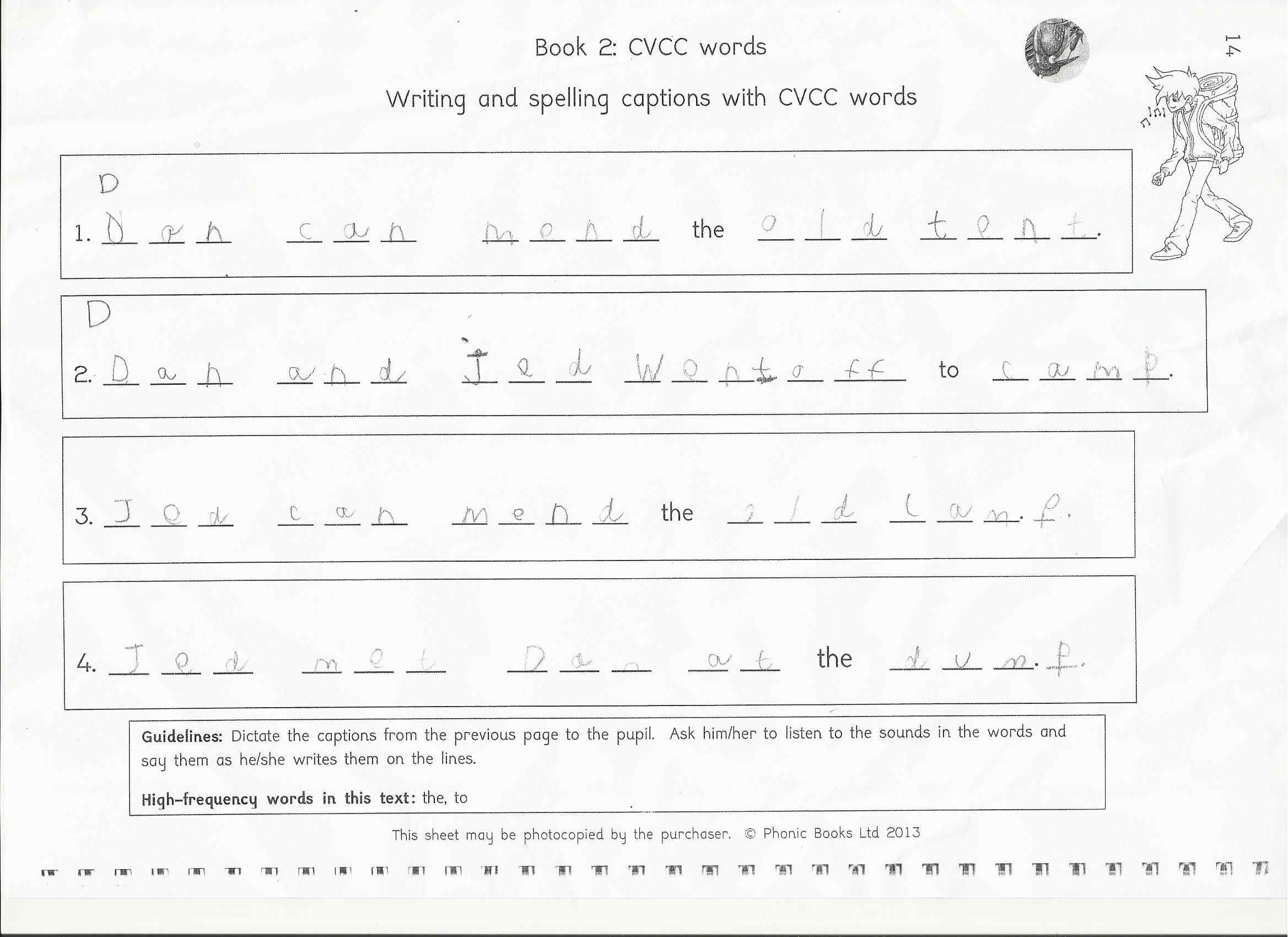Learning to read, initially, has two components:
- knowledge: learning the graphemes and the sounds they represent
- skills: learning to blend sounds into words and segment sounds for spelling.
Many teachers offer lots of fun ways to learn graphemes. They do this in step-by-step progression, starting from the simple graphemes and progressing to the more-complex ones. However, some children still fall behind. All too often, they have not mastered the skills of blending and segmenting. Why is this?
Have these children been taught explicitly how to blend and segment? If so, could it be that their teachers do not allow enough time for skills practice? Do children have enough opportunity to practise blending at word and text levels at each stage, before moving on to the next grapheme?
Often, the point at which things begin to fall apart is when children learn to read words with adjacent consonants. The leap from reading words with three sounds (e.g. ‘n a p’) to four or five sounds (e.g. ‘c l a p’ or ‘p r i n t’) is difficult for many children. It is very important to pause at this stage, to allow lots of skills practice.
For example:
This week, my 8-year-old pupil started to learn words with the CVCC structure. We started with word building, and then did word spelling, followed with reading a decodable book with a CVCC phonic focus. We ended with sentence dictation, using sentences from the decodable book. We used the Moon Dog series.




Because all the activities reinforced the same principle – blending the sounds when reading, and segmenting when spelling – he became quite confident. He has started reading the Magic Belt series independently. I feel he is getting a solid grounding that will serve him well.
Later, when he learns graphemes from the extended code, he will use blending and segmenting automatically. Having solid skills when blending adjacent consonants will enable him to read many, many more words. I am looking forward to working on CCVC with him next week.


Reblogged this on The Echo Chamber.